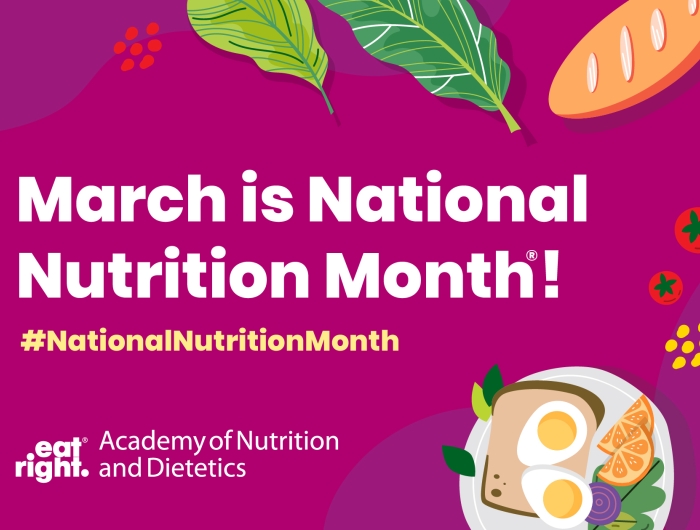Moving from food security to nutrition security

Pear in mind: A blog in the public interest
What is the difference between food security and nutrition security? A new report released by the U.S. Department of Agriculture last week, USDA Actions on Nutrition Security, answers that question.
According to the agency, a household is food secure if “all members, at all times, can access enough food for an active, healthy life.” At a minimum, food security includes (1) readily available nutritionally adequate and safe foods; and (2) the ability to acquire those foods without resorting to emergency food supplies, scavenging, stealing, or other coping strategies.
Nutrition security, on the other hand, “means consistent access, availability, and affordability of foods and beverages that promote well-being, prevent disease, and, if needed, treat disease, particularly among racial/ethnic minority populations, lower income populations, and rural and remote populations including Tribal communities and Insular areas.”
In short, the report explains, nutrition security “builds on food security, emphasizing the co-existence of food insecurity and diet-related diseases and disparities.” It recognizes that Americans generally fall short of an active, healthy lifestyle aligned with our nation’s dietary and physical activity guidelines. Nutrition security also applies an equity lens to better serve all populations.
In the new report, the USDA makes a commitment to nutrition security, outlining a four-pillar strategic approach and 11 supporting activities, such as ensuring Supplemental Nutrition Assistance Program (SNAP) benefits are adequate to support healthy eating patterns, providing USDA Foods directly to people in need through programs like The Emergency Food Assistance Program, and strengthening support to Native American/Tribal School food programs. According to USDA Secretary Tom Vilsack, the new commitment was partially driven by the devastation of the COVID-19 pandemic.
"The COVID-19 pandemic brought food insecurity to the forefront of the national conversation and shined a new light on the devastating toll of chronic disease, with an estimated two-thirds of COVID hospitalizations in the U.S. related to diet-related diseases," said Vilsack. "Across the Department we recognize that food and health are inherently intertwined, and we're leaning into our powerful tools to help reduce chronic disease, advance equity and promote overall well-being.”
The USDA’s announcement comes during National Nutrition Month, an annual March campaign created by the Academy of Nutrition and Dietetics to support learning about making informed food choices and developing healthful eating and physical activity habits.
In honor of National Nutrition Month, CSPI will co-host a tweetchat tomorrow at 1:00pm Eastern to discuss nutrition security, resources for families, and what you can do to support it. Co-hosts include the USDA Food and Nutrition Service, MomsRising, Food Research & Action Center, and MAZON, and the tweetchat will be conducted in both English and Spanish. Tune in to Twitter at 1pm Eastern tomorrow, March 25th, by following the #FoodFri hashtag, @MomsRising, or @MamásConPoder.
To learn more about how CSPI is advancing food and nutrition security, check out our issue areas.

